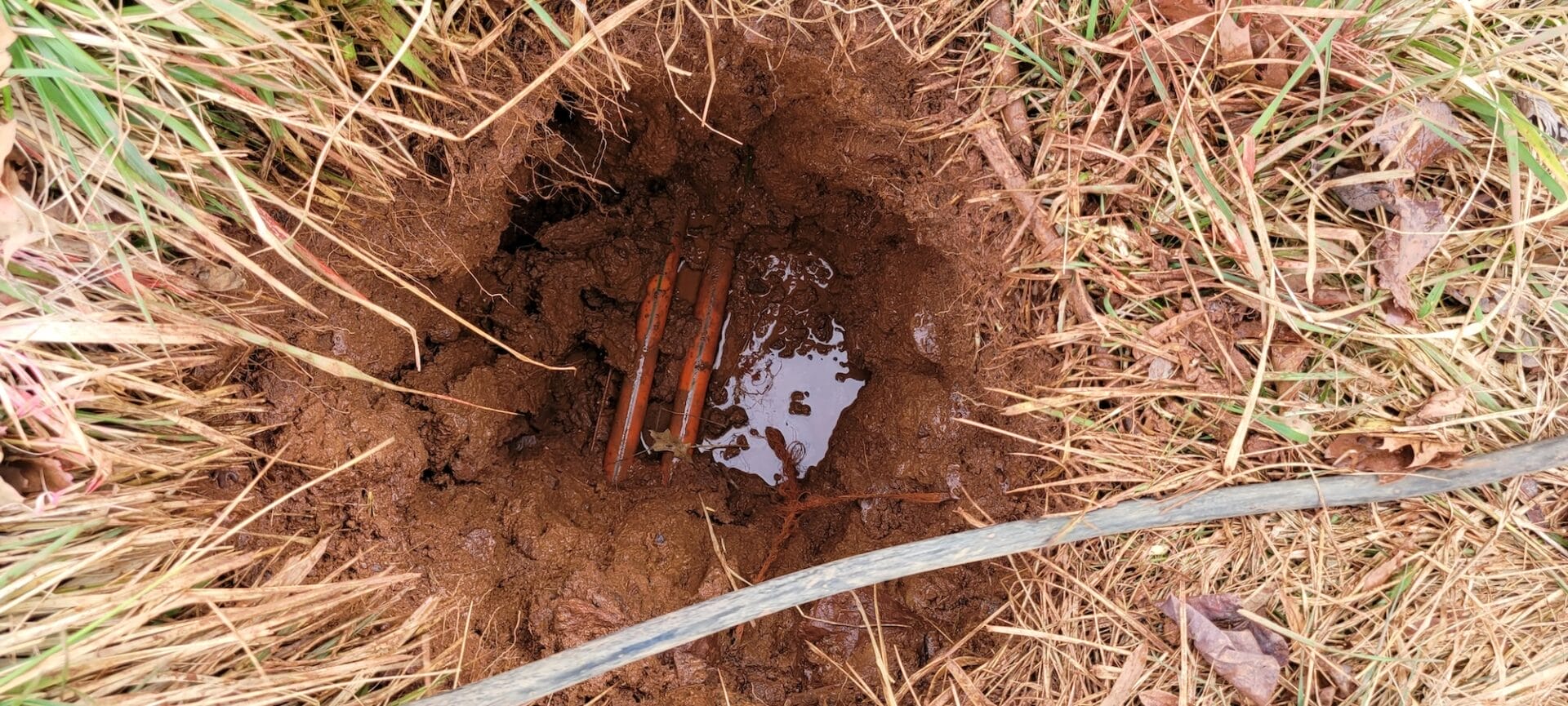You may have heard of utility potholing when undergoing any type of underground construction or excavation work. It is a crucial part of the construction process, particularly when installing or repairing various utilities.
Nevertheless, you’re probably wondering what utility potholing is and why it’s so important. Our guide will explain everything you need to know about this topic and how it can help during your next underground construction project.
What Is Utility Potholing?
Utility potholing is a technique used to locate buried utilities. This can include:
- Waterworks,
- Gasworks,
- Electrical Utilities,
- Telecom, and
- More!
Small holes are created on the surface so that utility lines can be visually identified. The process is typically carried out using hydro excavation, which sends pressurized water or air to create deep potholes in the terrain. As a result, workers can now see what they are working on from above, which has a profound benefit on the rest of the project.
The key to utility potholing is ensuring the holes are not too large. The aim is to make them deep enough to reach any underground utilities, yet small enough so they don’t create too much surface damage. This will make the holes easier to fill without having a detrimental effect on any construction work that may happen after.
When Is Utility Potholing Used?
The process of utility potholing is used in many circumstances. Effectively, it will be required when undergoing any construction project that requires underground access. This could be pipeline repair in a local area – potholing is necessary to ensure the right pipeline is located, but also to be 100% certain that no other utilities are affected.
You will also see utility potholing on various construction sites when building new homes or commercial properties. This is because foundations have to be built into the ground and utilities must be located beforehand to prevent a range of big problems.
What Are The Benefits Of Utility Potholing?
It goes without saying that utility potholing has plenty of benefits. It’s an essential part of the construction process for many projects and will help you enjoy the following:
Prevent Accidental Damage
Imagine there’s a project that requires you to dig underground for whatever reason. If you go in blind, there’s a high chance you can strike various utility lines. As a result, it’s easy to damage these things and cause extra complications. Utility potholing prevents accidents from happening as you clearly map out where the utilities are and can work around them.
Reduce Safety Risks
Similarly, coming into contact with utilities can present significant safety risks. Striking live electrical wires or cracking a gas pipe could cause fatal accidents for workers. If potholing is used correctly, it prevents these incidents from happening. Hazardous utility lines are identified and mapped out, so workers aren’t put at risk. This can also prevent instances where members of the public are injured due to a lack of knowledge of underground utility placement.
Save A Lot Of Money & Time
The costs of repairing damaged utilities can be astronomical. Not to mention the time this adds to projects as you have to wait for the damages to be repaired. It’s one of the main reasons utility potholing is so important – it helps you avoid additional costs and remain on schedule. You will not need to spend extra money on new equipment and can keep everything within your budget.
Additionally, more time and money are saved because you can plan projects out more effectively. You’ll have a clean underground map of where all the utilities are before any construction begins. It lets you get everything in order before you begin, making every project more efficient.
Work With Expert Utility Potholing Providers
You mustn’t attempt utility potholing without the proper expertise. Otherwise, you run the risk of excavating incorrect holes and causing more problems before your project begins.
Instead, you should work with utility potholing experts who will carry out this task for you. At Muller, Inc. we provide potholing services for a wide range of construction jobs. If you need to work near buried infrastructure or are worried about utility lines on your job site, we will help you map everything out.
Get in touch with us today to learn more about our utility potholing service and what we can do for you.

